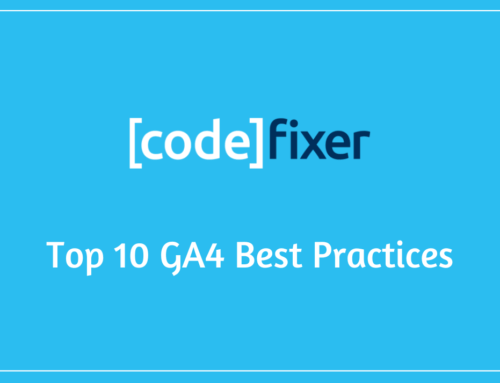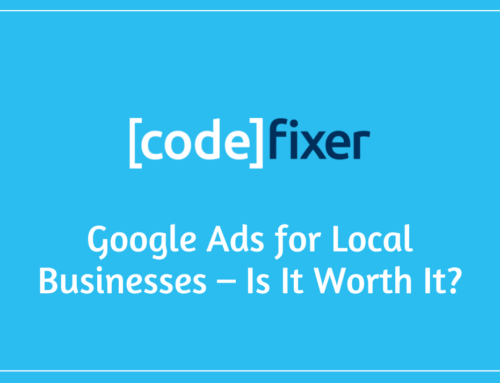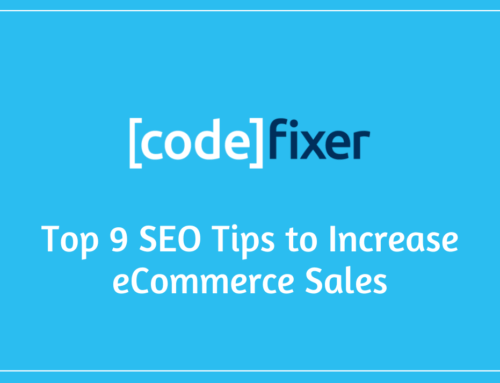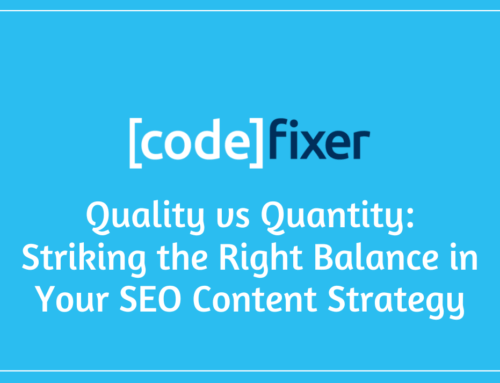With 49% of marketers naming organic search as the top ROI channel, SEO remains a vital part of any digital strategy. But with prices ranging from under £200 to several thousand pounds a month, understanding what SEO costs – and what you’re actually paying for – can be challenging.
This guide breaks down how SEO pricing works, what’s included, and how to invest wisely based on your business goals.
What Are You Actually Paying for With SEO?
Understanding the cost for SEO services starts with knowing what’s included. The thing is, SEO is rarely one task; it’s a combination of strategic, technical, and creative work that builds over time.
A comprehensive SEO strategy typically covers:
- SEO audits: Recommended as the first step, an audit helps uncover technical errors, content gaps compared to competitors, and off-page issues to help create a successful strategy.
- On-page SEO and content: This involves improving on-page elements like title tags and meta descriptions (page descriptions for Google) and updating or adding optimised content like blogs, resources, and service pages.
- Off-page SEO: This involves building up a website’s online authority and trust by building backlinks, optimising local SEO efforts, and using established social media presence for promotion.
- Reporting and performance tracking: Often an area where many shady professionals fall down is with reporting. SEOs who know their stuff will provide you with monthly analyses of traffic, rankings, and conversions.
But, it’s important to note that the cost of SEO is not just about the deliverables but also the expertise, tools, and time needed to implement the strategy. And adapt it when it’s needed too.
Common SEO Pricing Models
There are several different ways SEO is priced. The most common is monthly retainers, but it depends on your business’s needs and goals. These models are:
- Monthly retainers: A fixed monthly fee that covers an agreed scope of work. Ideal for ongoing campaigns and long-term growth strategies.
- Project-based pricing: A one-off cost for a specific deliverable, such as an SEO audit, migration support, or content refresh. Freelancer SEOs tend to prefer this pricing model.
- Hourly consulting: Used when you need strategic input or support on demand, and is often used by senior SEO consultants or specialists.
As you can see, each model suits different stages of a business. For instance, start-ups might need a one-off audit so they have a baseline to build from, while larger businesses benefit more from continuous improvement via a retainer.
Typical Price Ranges for SEO Services
Unfortunately, it’s not possible to give set costs for SEO as the exact amount will depend on your business goals, the size of the website, and the amount of work needed. However, we’ve put together percentage breakdowns that can be a useful starting point for how your SEO budget might typically be allocated:
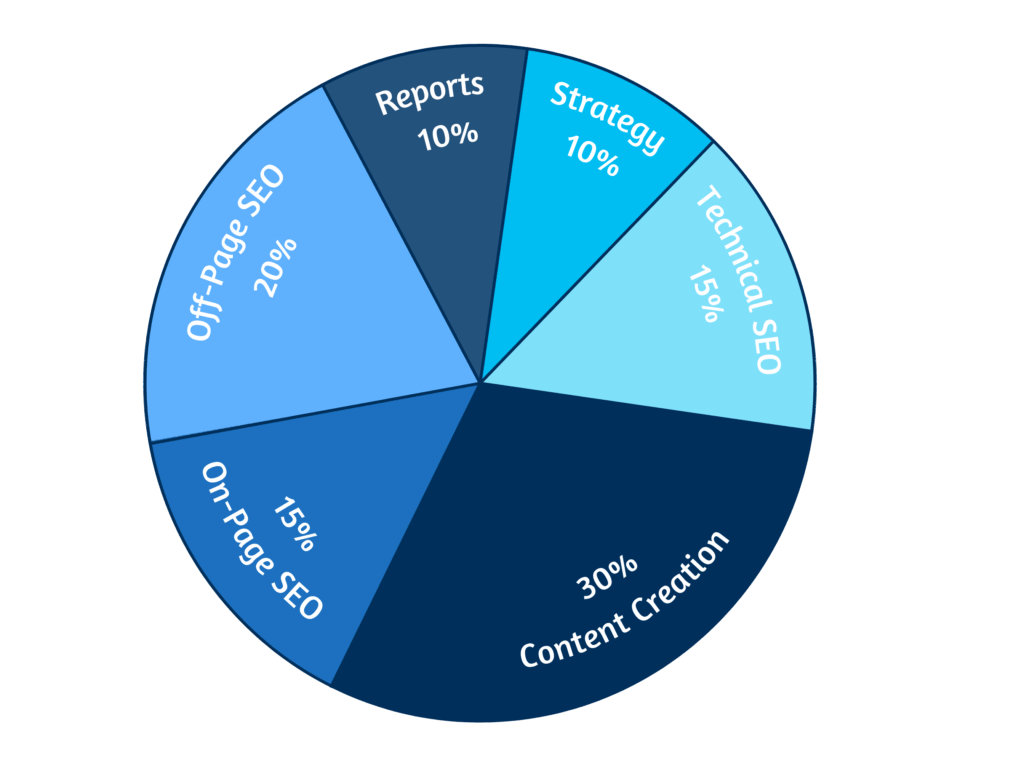
Strategy and Planning – 10%
This includes competitor research, keyword strategy, content planning, and project plan creation (usually in 12-month timeframes).
Technical SEO – 15%
From audits to implementation of fixes, this portion covers site speed, crawlability, structured data, and other foundational elements.
Content Creation – 30%
Blogs, landing pages, guides, and product content form the core of most SEO strategies. AI-assistive writing tools have helped streamline this process, however, they can be used incorrectly. So, high-performing content still needs skilled writers and editors to avoid the common mistakes of AI content.
On-Page SEO – 15%
This involves optimising the individual elements on each page – titles, headers, internal linking, image alt text, and keyword placement – to align with best practices and search intent. On-page SEO works hand-in-hand with your content, helping it perform better and rank more effectively.
Off-Page SEO – 20%
This includes ethical link building, digital PR, Google Business Profile (GBP) optimisation, local citation management, and brand mentions. These activities signal credibility and trust to search engines – and are often make-or-break for ranking in competitive sectors.
Reporting and Analytics – 10%
Covers the setup and ongoing analysis of KPIs, dashboards, and monthly reporting – critical for understanding ROI and adjusting tactics.
This breakdown shows how each SEO element can deliver long-term value. Undervaluing one, for example, skipping technical SEO or underfunding content, can greatly limit results.
What Affects the Cost of SEO?
SEO is never truly off-the-shelf. The cost of a campaign depends on several things, including:
- Industry competitiveness: Niches like finance, law, or ecommerce tend to require more effort.
- Website size and condition: Older or poorly maintained sites often need extensive technical work.
- Geographic reach: Local SEO is usually more affordable than national or international targeting.
- Business goals: Whether you’re aiming for gradual growth or aggressive expansion will shape the strategy.
- Type of provider: Freelancers are typically lower cost and suited to smaller tasks, whereas full-service agencies or consultants cost more but bring expertise and scale and integration.
Cheap SEO Usually Costs More Long-Term
Low-cost SEO can look appealing, especially if you’re trying to stretch a limited marketing budget. If the price looks too good to be true, it usually is. And as the saying goes – if you pay cheap, you’ll pay twice.
We’ve worked with many clients who come to us after being burned by cheap SEO professionals. In some cases, they’ve ended up wasting far more money trying to undo poor-quality work than they would have spent getting it done properly from the start.
The warning signs are often there.
📉 Deliverables tend to be vague or completely unclear, and reporting is either minimal or non-existent.
🚩 Some cheap SEOs offer bold promises, like guaranteed first-page rankings overnight!
🔗 One of the biggest red flags is that link building is done badly. Low-quality backlinks can do long-term damage to your visibility.
What Does ‘Good Value’ SEO Actually Look Like?
Good SEO value isn’t about paying the lowest price – it’s about investing in work that delivers sustainable results. An SEO partner worth their salt will focus on building lasting visibility that supports your wider marketing and commercial goals.
You should know exactly what’s being done, why it matters, and how it’s progressing. The right SEO won’t confuse you with jargon or tick-box tactics – they’ll align their work to your business goals and adapt the approach as your needs change.
Check out our case studies to see what good value SEO looks like in practice, or contact us to see if SEO suits your business goals.



